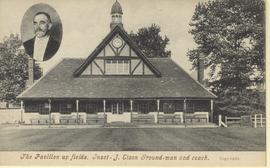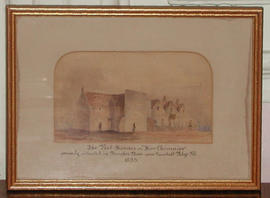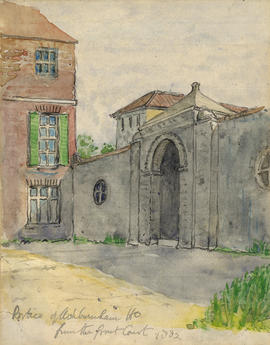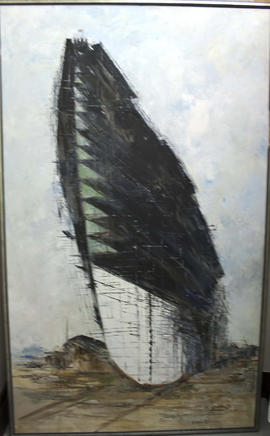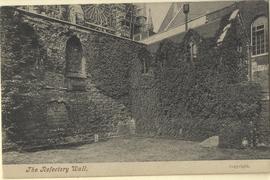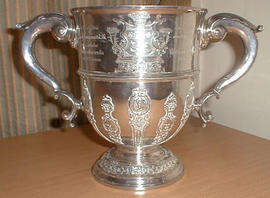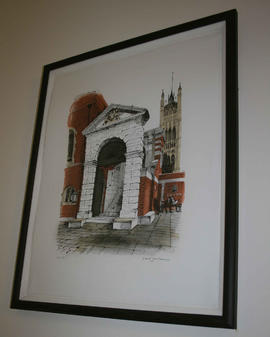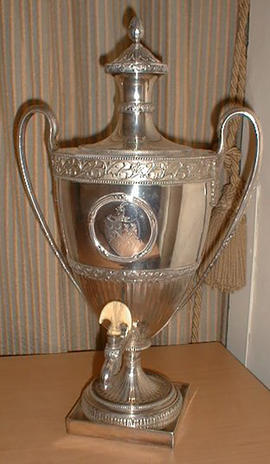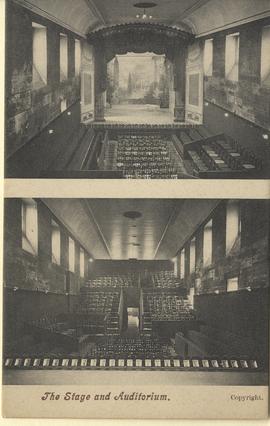- GB 2014 WS-02-POS-01-39
- Item
- c.1911
One copy annotated on reverse by R.S. Chalk as follows:
'Memories 1918-1921 (thereafter to Water)
By 1918 Elson was a venerable, silver-haired figure up Fields, yet with many years still to go. Over his many years he prepared and maintained a first-class Cricket Pitch. We were of opinion it was the second best in London - “Better than Lord’s, second only to the Oval”. Be that as it may, I head “Plum” Warner assure us (at a lecture up School in Election 1920) that one reason why we lost so many matches was that Vincent Square provided such excellent pitch within easy reach, so attracted many leading London cricketers; he also appreciated the sumptuous tea provided not only for Teams but to all visitors. (My only memory of Elson is bowling in nets)
Before the acquisition of the Boat House (1921) and Grove Park, pressure up Fields in summer was extreme. Boarders not in the Corps (I for one) played Cricket 5 days in the week, and watched a School Match on Saturday. I have memories of 7 games in progress simultaneously along the S. side of Fields. Once a terrific swipe from the end-most pitch narrowly missed me at square-leg. I had to chase it across six pitches, being cursed at each for interrupting the play! (Tho’ never a player of any mark, I nonetheless retain a love for Cricket!)'

